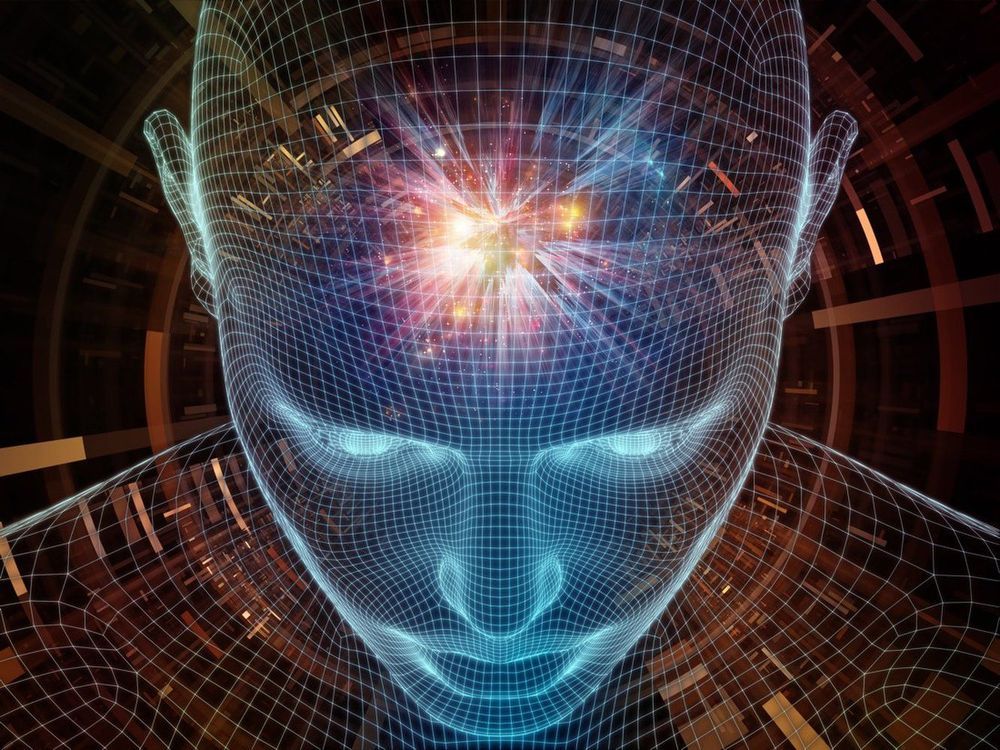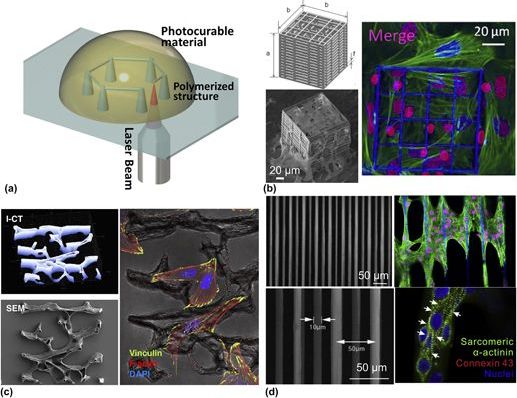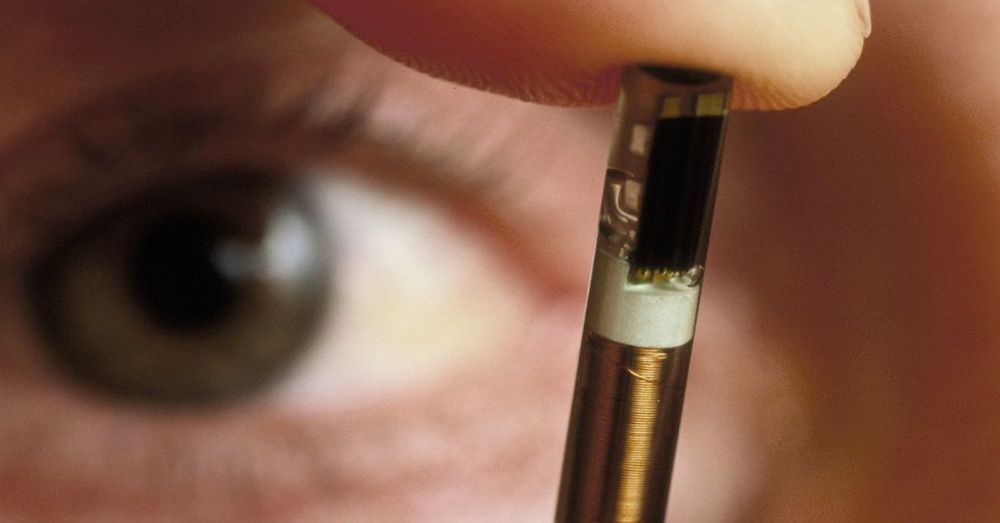I didn’t know Bill Andrews created the treatments Liz Parrish took. Also, he has an Alzheimer’s human test next month.
Category: bioengineering – Page 176

These Scientists Are 3D-Printing New Body Parts for Athletes
A team of bioengineers has successfully 3D-printed tissues they believe doctors could one day implant into patients to help heal the knee, ankle, and elbow injuries that have ended the careers of countless athletes.
“I think this will be a powerful tool to help people with common sports injuries,” Rice University researcher Sean Bittner said in a press release — though the impact of the group’s work could extend far beyond the turf or pitch.


The Government Is Serious About Creating Mind-Controlled Weapons
DARPA, the Department of Defense’s research arm, is paying scientists to invent ways to instantly read soldiers’ minds using tools like genetic engineering of the human brain, nanotechnology and infrared beams. The end goal? Thought-controlled weapons, like swarms of drones that someone sends to the skies with a single thought or the ability to beam images from one brain to another.
This week, DARPA (Defense Advanced Research Projects Agency) announced that six teams will receive funding under the Next-Generation Nonsurgical Neurotechnology (N3) program. Participants are tasked with developing technology that will provide a two-way channel for rapid and seamless communication between the human brain and machines without requiring surgery.
“Imagine someone who’s operating a drone or someone who might be analyzing a lot of data,” said Jacob Robinson, an assistant professor of bioengineering at Rice University, who is leading one of the teams. [DARPA’s 10 Coolest Projects: From Humanoid Robots to Flying Cars].


Genetically engineered phage therapy has rescued a teenager on the brink of death
It’s a remarkable story of recovery, but it’s unclear how useful this sort of therapy could become.
The background: Isabelle Holdaway had been given less than a 1% chance of survival after a lung transplant, carried out to combat the symptoms of cystic fibrosis, left her with an antibiotic-resistant infection. She had been sent home and was in a terrible physical condition: underweight, with liver failure, and with lesions on her skin from the infection.
A breakthrough: Her consultant at Great Ormond Street Hospital in London worked with a team at the University of Pittsburgh to develop an untested phage therapy. This treatment used a cocktail of three phages, which are viruses that solely attack and kill bacteria. Two of the three phages, selected from a library of more more than 10,000 kept at the University of Pittsburgh, had been genetically engineered to be better at attacking the bacteria. The therapy was injected into her bloodstream twice daily and applied to the lesions on her skin, according to Nature Medicine.

A Chip in My Hand Unlocks My House. Why Does That Scare People?
Nearly 50 years ago, The New York Times—widely considered America’s paper of record—changed the media industry by creating the first modern Op-Ed page. Since then, their Opinion section has arguably become the most important voice for many public ideas that enter and change the world. Everyone from Heads of State to the globe’s most powerful business people to Nobel Prize winners to everyday citizens have written there when they had something essential to say about the times we live in. I’m super excited to share my first Op-Ed for The New York Times on #biohacking and the growing concern of legalizing implants. It’s a happy professional day for me, and an important step forward for the growing #transhumanism movement as we begin to enter mainstream culture.
Implant technology can change the world — unless politicians give in to the hysteria against it.